West Virginia State Penitentiary
Beyond the usual stories that attend old prisons, this one has deep bloody undercurrents.
Established in 1866, the West Virginia State Penitentiary housed incarcerated people until 1995. At the time of its closing, 653 were housed and guarded by a staff of 32 employees. The walls in several of the common areas feature murals painted by three of the people imprisoned there (plus the color-mixing help of a fourth, due to one painter’s colorblindness).
The building was divided into four separate sections: North Hall, aka “The Alamo,” where the men whose behavior on the inside earned them 22 to 24 hours per day in a five-by-seven-foot cell; New Wall, which contained the “mainline,” or the general population; “Rat Row,”for those who had testified against others and needed special protection; and “Honor Hall,” for the so-called “trustees,” who had earned special privileges and decreased security.
A range of unusual stories are associated with the facility. For one, Charles Manson once petitioned to be relocated there. His hand-written letter remains on display in the execution area. Then, on New Year’s Day in 1986, there was a rebellion. The governor was called in to negotiate a settlement (the inhabitants got a new cafeteria), but not before three men seen as “snitches” were executed. In 1992, three men managed to tunnel out via the greenhouse in the prison yard.
Over the years, 93 men were executed there for their crimes. The executions were done mostly by hanging, events that were open to the public until 1931, when a man was decapitated by the process. From then on, all executions were “by invitation only,” which meant the man’s family, the family of the victim(s), media, clergy, and coroner. When West Virginia reinstated capital punishment in 1951, an incarcerated man was commissioned to build the penitentiary’s electric chair, “Old Sparky.”
This place has its fair share of ghost stories. Visitors have reported seeing the “Shadow Man,” a static-y silhouette that roams the grounds, in addition to others. Compounding its history, the penitentiary is said to have been built on the leveled grounds of the Adena tribe’s sacred burial site. And there’s reason to believe this, since directly across the street from the central administrative tower is the Grave Creek Mound Archaeological Complex, which is the the largest of the Adena Burial mounds and the only mound remaining in the town of Moundsville.





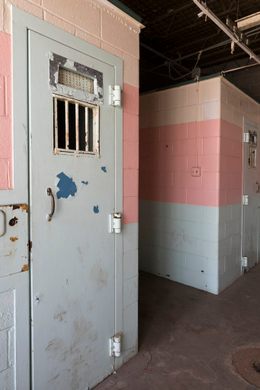
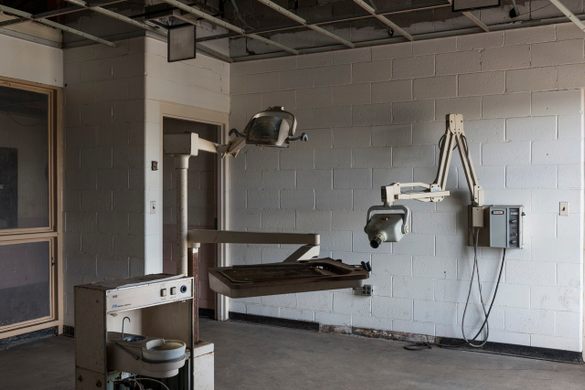
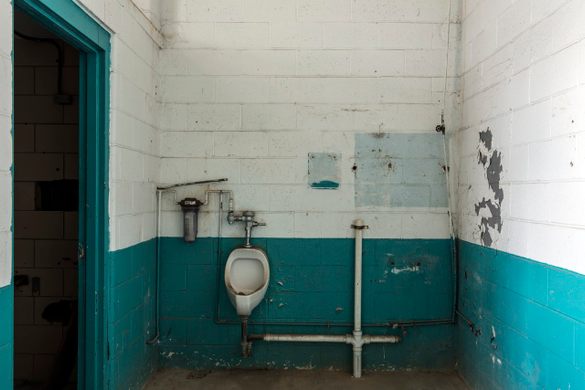

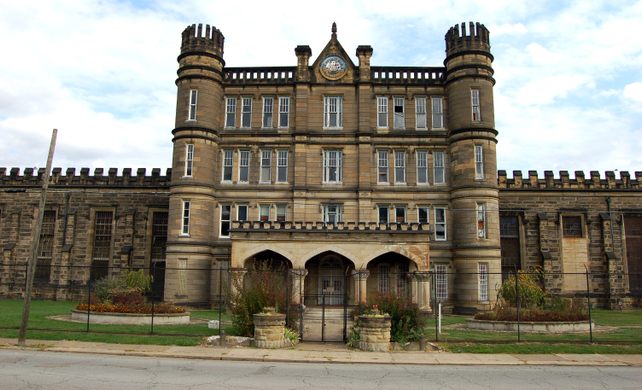






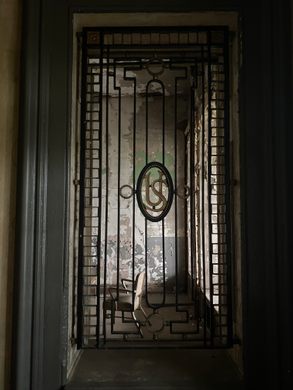
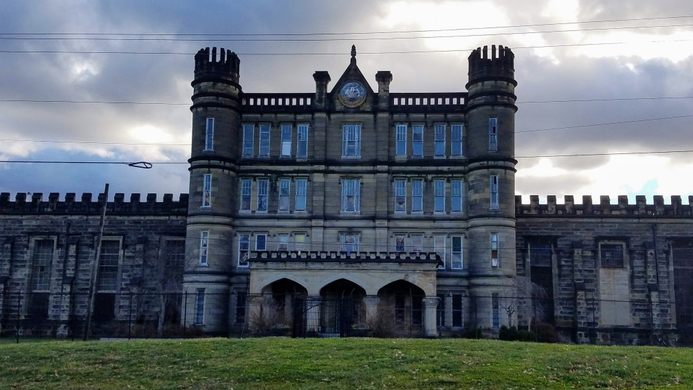
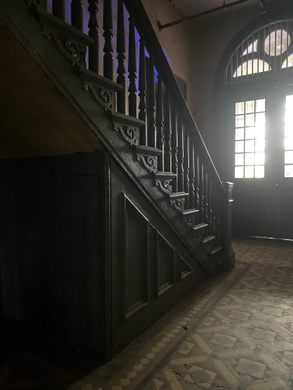





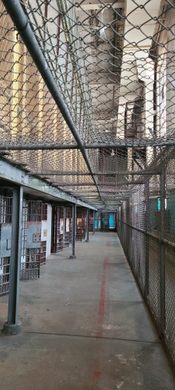
















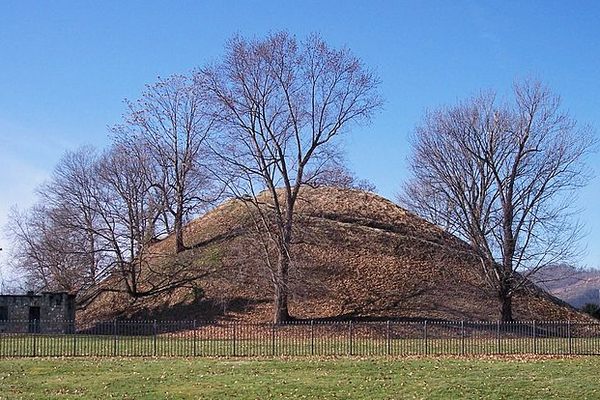


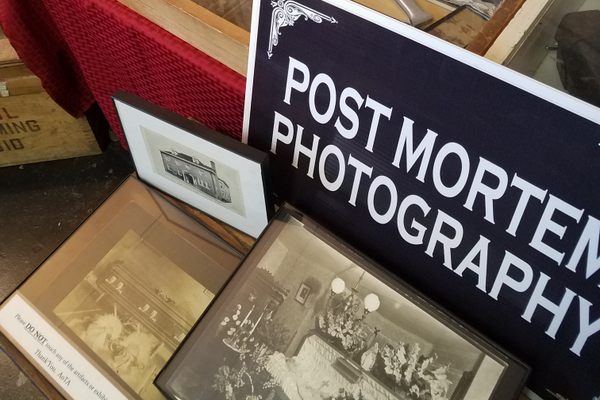

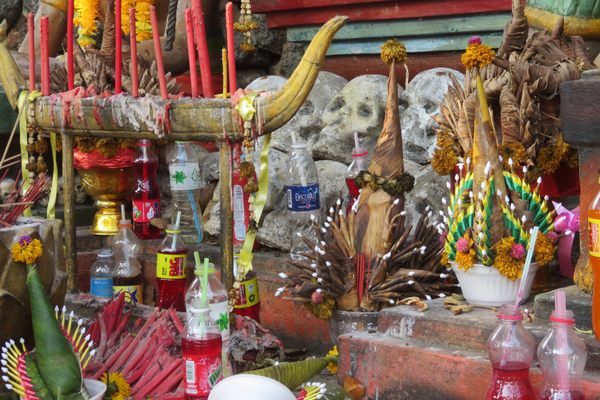

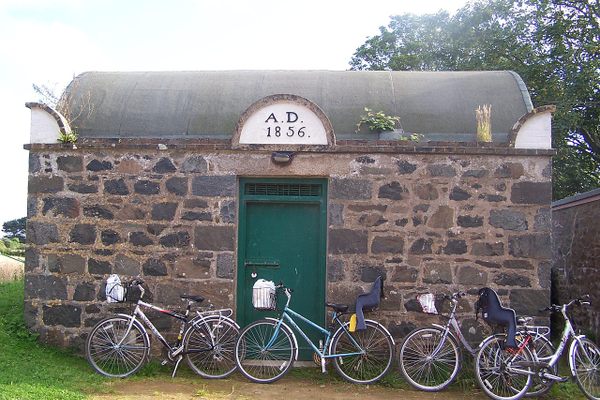

Follow us on Twitter to get the latest on the world's hidden wonders.
Like us on Facebook to get the latest on the world's hidden wonders.
Follow us on Twitter Like us on Facebook